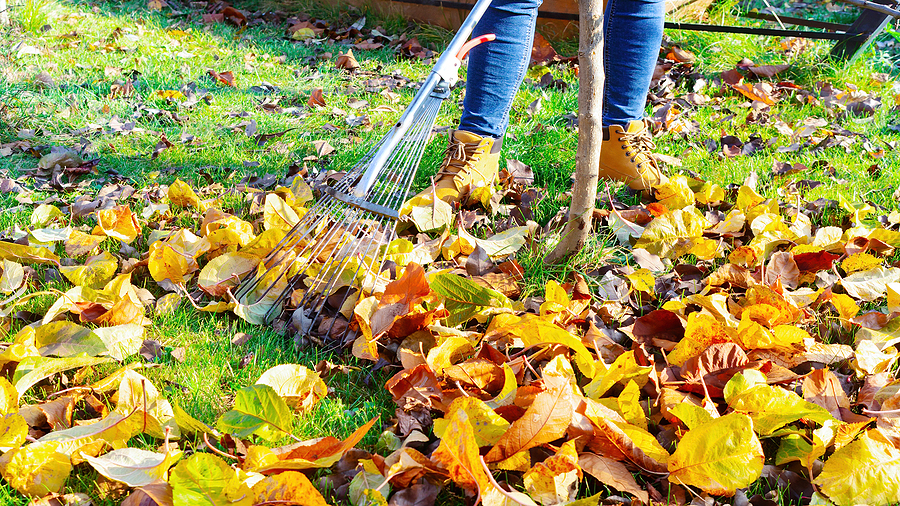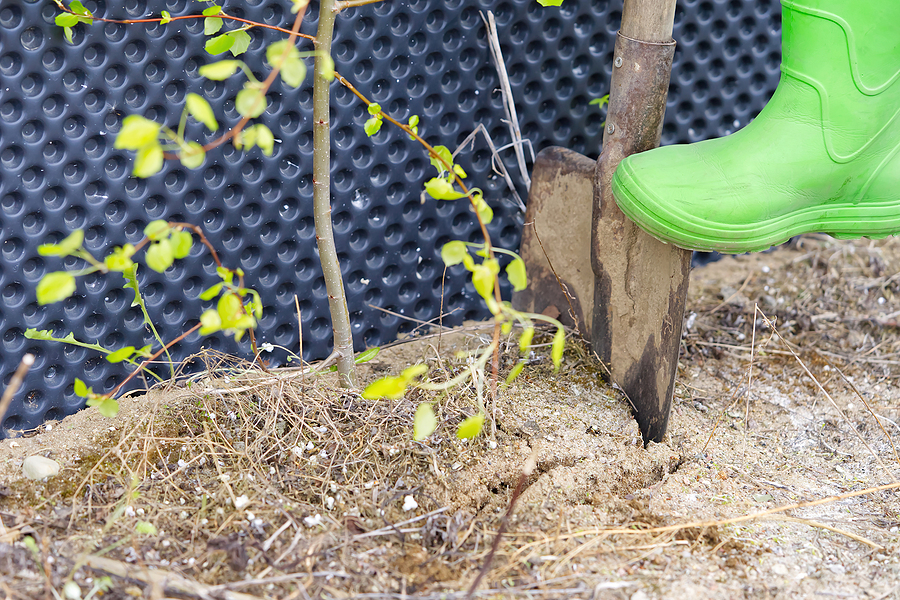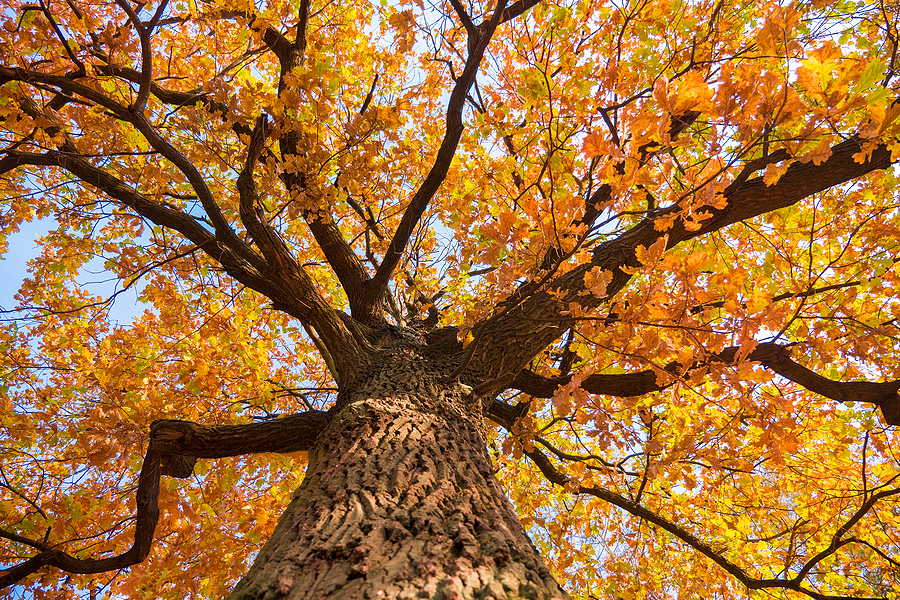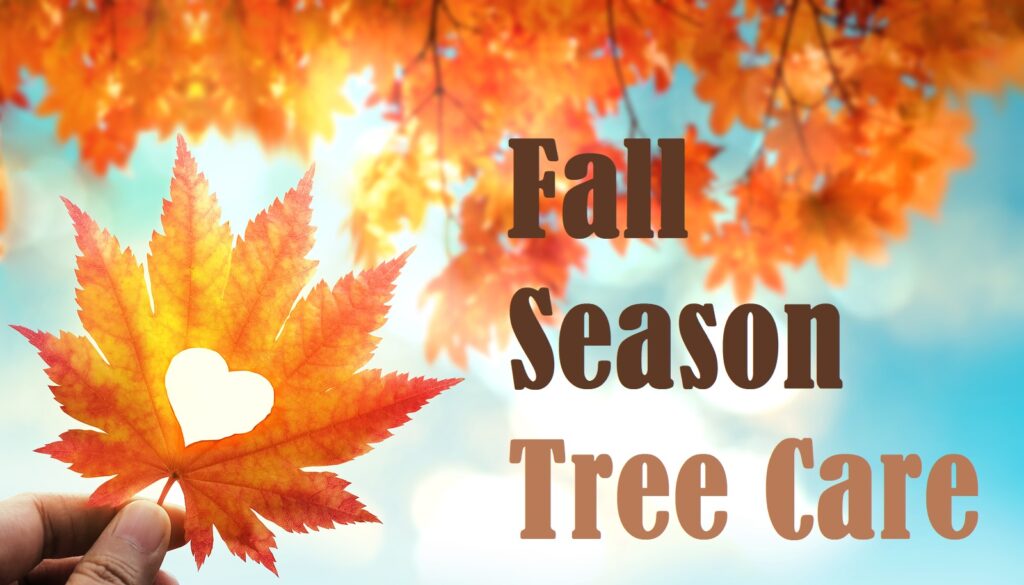As the vibrant hues of autumn start to paint the landscape, it’s a clear indication for homeowners and garden enthusiasts alike to turn their attention towards tree care. Autumn presents a unique set of challenges and opportunities when it comes to maintaining the health and vigor of your trees.
In this blog post, we will delve into some essential tips and tricks for autumn tree care. Our aim is to equip you with the knowledge to ensure that your trees remain healthy, strong, and ready to weather the winter months. From understanding the importance of tree service to learning how to boost tree health, we’ve got you covered. So, let’s embark on this journey of responsible tree care together.

Why Is Tree Care Important in Autumn?
Autumn is a crucial time for trees to prepare themselves for the harsh winter conditions ahead. As the temperatures begin to drop, deciduous trees start to shed their leaves and go into dormancy. This process enables them to conserve energy and survive through the colder weather. However, this also means that they are more vulnerable and require extra care to ensure their survival. Neglecting tree care in autumn can result in damaged or diseased trees, which can be hazardous and costly to deal with. Therefore, it is essential to prioritize tree care during this season.
Tip #1: Inspect Your Trees
The first step towards autumn tree care is conducting a thorough inspection of your trees. Look for any signs of damage, disease, or pest infestations. Pay attention to the leaves, branches, and trunk of your trees. Keep an eye out for any cracks, splits, or holes that may indicate underlying issues. Catching these problems early on can prevent them from worsening and save you time and money in the long run.
Tip #2: Prune with Caution
Tree pruning is a vital aspect of tree care, but it must be done with caution during autumn. Avoid pruning your trees if you can, as this can cause stress and make them more susceptible to diseases. If it is necessary, only prune dead or damaged branches and avoid heavy pruning. It is best to consult an expert tree care company for proper guidance on pruning techniques and timing.
Tip #3: Clean Up Fallen Leaves
Raking and removing fallen tree leaves from your yard is a tedious task, but it is essential for tree health. Thick layers of leaves can smother grass and other plants, leading to decay and diseases. Additionally, wet leaves can cause fungal growth and attract pests that can harm your trees. Consider composting the fallen leaves or using them as mulch for your trees and shrubs. This will not only save you time and effort but also provide valuable nutrients to the soil.
Tip #4: Water Wisely
As the weather cools down, it is easy to forget about watering your trees. However, they still need water to stay healthy during autumn. Adequate hydration ensures that they have enough moisture to endure the dry winter months. Water your trees deeply and less frequently, rather than shallow watering. This will encourage deep root growth and make them more resilient.
Tip #5: Protect from Pests
Pests can be quite active during autumn, and they can wreak havoc on your trees if left unchecked. Be on the lookout for pests like aphids, caterpillars, and borers that can damage the foliage and weaken your trees. Consider using natural pest control methods such as ladybugs or introducing beneficial insects to keep pests at bay.
Tip #6: Consult a Professional Tree Service
While these tips will help you care for your trees during the fall season, nothing beats the expertise of a professional tree service company in Indianapolis. They have the knowledge, skills, and equipment to handle all your tree care needs. From pruning to pest control, they can help keep your trees in top shape throughout the year.
Conclusion
Autumn is a critical time for tree care, and by following these essential tips and tricks, you can ensure that your trees stay healthy and strong. Remember to inspect your trees regularly, prune with caution, clean up fallen leaves, water wisely, protect from pests, and seek professional help when needed. With these practices in place, your trees will be ready to bloom come springtime.
As the vibrant hues of autumn start to paint the landscape, it’s a clear indication for homeowners and garden enthusiasts alike to turn their attention towards tree care. Contact Complete Tree Care at 317-783-2518 for licensed and insured Autumn tree service in Indianapolis, Indiana. We serve residential and commercial clients with comprehensive tree care solutions.
Related Posts:
Tree Mulch Maintenance Tips For Fall
How to Stop Deer Damage to Trees in Fall
FAQS About Tree Care in the Fall





